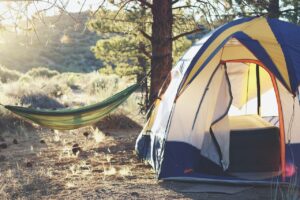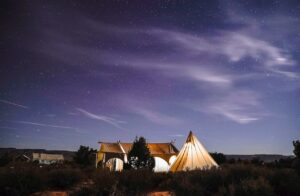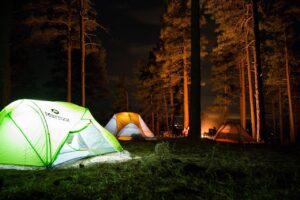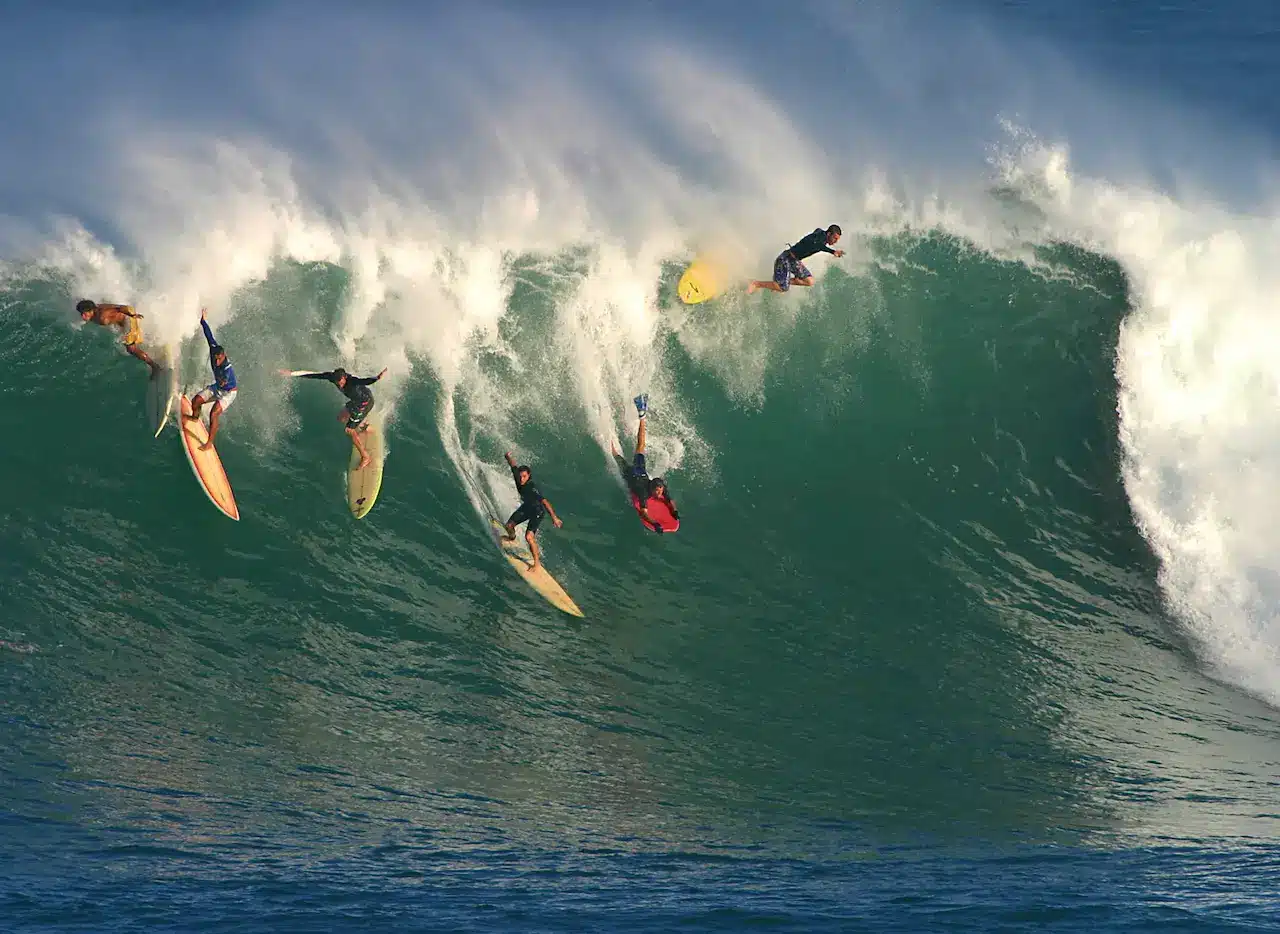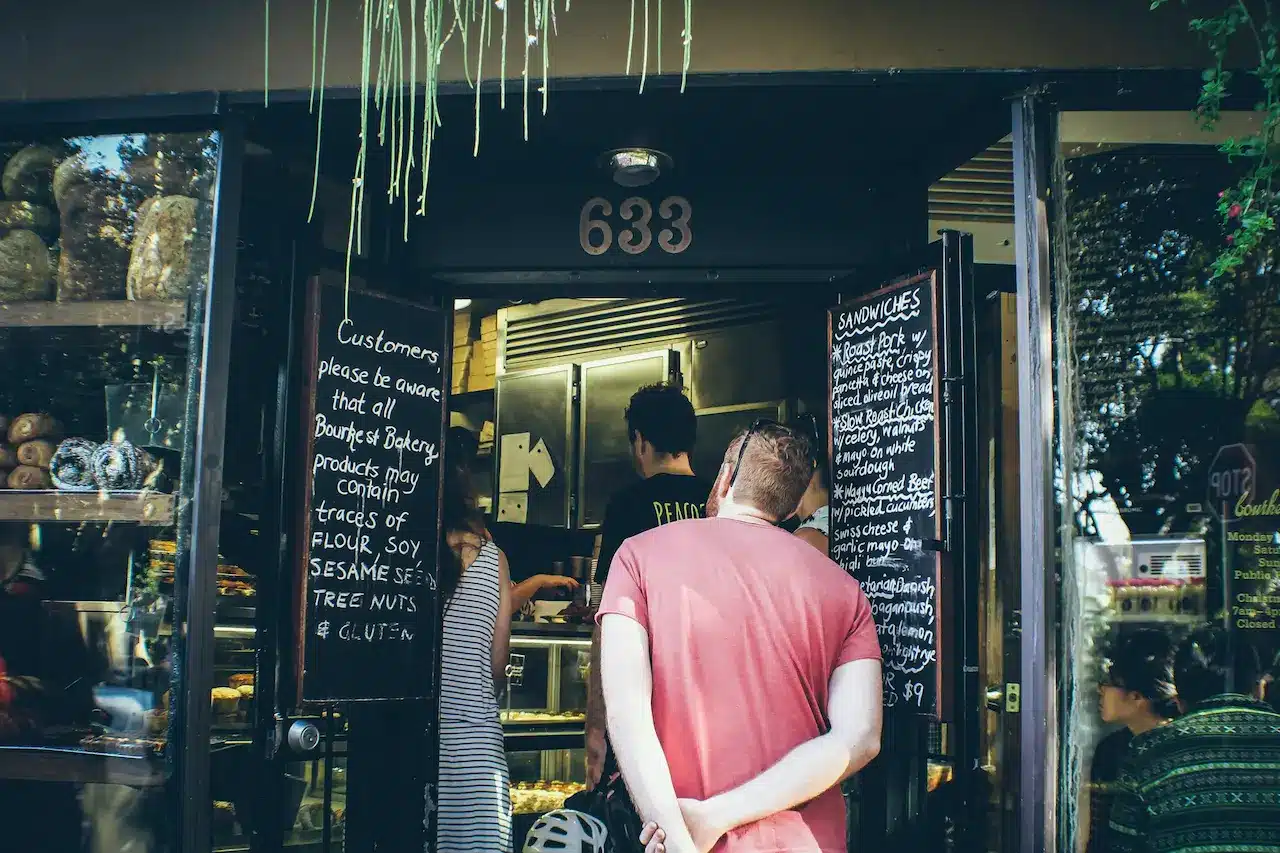Best Camping Spots In Tasmania
These campsites are very breathtaking and provide easy access to a naturalist’s paradise.
Some of Australia’s most beautiful landscapes may be found in Tasmania, drawing crowds of tourists eager to see this unspoiled paradise.
Table of Contents
ToggleCamping out at one of these breathtaking locations is the best way to see the incredible sights that make Tasmania so famous.
You should carry your own supplies, especially water, as much of the camping is on the hard side (the price you pay for paradise and why many tourists elect to hire a campervan).
Camping is free if you don’t mind being close to the road, but if you want a nice spot with a view, you should reserve it in advance, especially during the high season. You’re in luck since we’ve already done the groundwork for you to begin daydreaming. Tasmania is a very relaxed and green state with ample bush lands and camping grounds so you have plenty of privacy with plants when camping!
Lake St. Clair National Park
Photographers will love Cradle Mountain. Picture glacial lakes that are as still as mirrors and as blue as the sky, nestled at the base of Tasmania’s most foreboding peaks.
Visitors of all skill levels enjoy the park’s trails, and fans of local devils and quolls will appreciate their frequent appearances. You may have your own wild experience at Cradle Mountain if you camp there, and the greatest vantage points are atop the mountain.
Camping and huts dot the famed Overland Track, and it is at these stops that hikers may rest and enjoy the sights.
If you’re not in the mood to hike but still want to experience the enchantment of the fairy forest, you can reserve a cabin at Waldheim, which is five kilometers inside the park and comes with heating, mattresses, and basic cooking equipment and utilities (so it’s not quite camping but it’s close).
Discovery Site, a privately owned caravan park close to the park entrance, is lovely enough and conveniently located for magnificent day trips.
Waldheim Alpine Spa at Cradle Mountain Lodge features a steam room, sauna, plunge pool, and spa where you may relax and unwind while taking in the stunning scenery.
Southwest National Park, Cockle Creek
Cockle Creek is located on Recherche Bay, on the outskirts of the wild and undisturbed Southwest National Park, and has quiet coves and sandy beaches with a background of snow-capped mountains, and that’s only the beginning.
When you factor in the area’s rich history, much of which is still apparent in the form of things like Aboriginal sites abandoned tramways, gravestones, and ruins, you have the makings of a really awe-inspiring journey.
Taking advantage of the park’s lush natural garden setting, Recherche Bay Nature Recreation Area offers a wide variety of primitive camping choices (including the spacious Bolton’s Green). Camping is free, although there is a cost to enter the national park past the Cockle Creek bridge.
Be careful (particularly if you’re driving a camper) on the road down to the stream. The Great Southern Ocean vistas at the end of the five-hour hike to South Cape Bay are well worth the effort. Make a day of it and bring a backpack full of supplies (including food and water) and you won’t be let down.
Bay of Fires
From Binalong Bay in the south to Eddystone Point at the base of Mt. William National Park, the Bay of Fires offers fifty kilometers of stunning shoreline. Bound through orange stones, sink your toes into soft white sand, and cool yourself in the blue waters.
Start in Binalong Bay; you’ll find dozens of campgrounds along the road, but if you’re looking for something truly exceptional, stay at Bay of Fires Bush Retreat.
A variety of lodging alternatives, including “bell tent glamping” (which is, essentially, camping), make this the ideal home base from which to explore the surrounding area.
Bay of Fires Conservation area (park fees apply), remaining on the southern side of the bay, has a few more modest temporary dwellings, while Dora Point is a free camping spot right on the water.
Mt. Field National Park
You should put a visit to Mt. Field National Park on your agenda if you enjoy fantasizing about disappearing into the woods. In the midst of such a lush natural setting, where trees soar overhead and fern forests wrap you, it’s easy to forget the outside world exists and simply relax.
The park serves as a haven for the paradisiacal ecosystem, and the lush scenery is breathtaking. Mt. Field National Park Campground is an oasis in the middle of it all, located close to the park’s entrance on the Tyenna River.
Wake up to the soothing sounds of the river, discover the amazing trails in the area, and take a trip to Russell Falls, Tasmania’s most impressive waterfall.
There are 14 campsites to choose from, each with its own bathroom and hot water, however, camping is not free and reservations are not taken. We don’t have favorites, yet there’s a certain majesty to this location.
You’ll feel very little and maybe a little bit wiser like you did when you were in your twenties and stared at the stars after a few too many drinks.
Freycinet national park
You have to enter a ballot system to camp at Freycinet National Park during peak periods since it has some of Tasmania’s most amazing camping places (Easter and Christmas).
Camp down among the sand dunes just meters from the water’s edge, wake up to stunning panoramas, and spend the day exploring the area’s three stunning bays (Honeymoon, Sleepy, and Wineglass).
The overlook is reached after a somewhat strenuous journey, and if you still have the stamina, you may continue on for another hour till you reach the enchanting lake. Plus, that’s only the start of things.
There are dramatic pink granite peaks (ideal for dawn and sunset photos), pristine beaches, and avian-filled lagoons in this sanctuary.
Although there are plenty of campsites available, they go quickly to Freycinet National Park’s campground, a narrow stretch of shore between the sand dunes of Richardsons Beach and the granite knoll of Honeymoon Bay.
You may find all the details for entering the ballot in the Freycinet Camping Information, and you can reserve a spot through the Freycinet Visitor’s Centre during the off-season.
Maria Island
Maria Island has camped at the edge of a lawn, wedged between the World Heritage-listed Darlington convict village and a peaceful beach, just a short walk from the ferry terminal.
The island’s national park is home to wandering wombats and the Tasmanian devil, an endangered species that was relocated to the park to ensure its survival. To assist you to haul your gear from the ferry to camp, the campsite provides trolleys and includes a covered barbeque area with fires (firewood is provided).
The water on Maria Island is not drinkable, so make sure you pack accordingly. Otherwise, you need either boil or purify the water on the island using purification pills. Absolutely no reservations are necessary.
Bruny Island
Those who are castaways and are looking for work, please apply. Beach-lined South Bruny National Park is home to several seaside campsites for visitors to the island.
The Jetty Sand campsite is located on a secluded stretch of beach, making it ideal for swimming, snorkeling, and paddling
Three kilometers past the end of the road, at the far end of Cloudy Bay, is a little campsite called Cloudy Corner, hidden in the bush behind a secluded cove.
A second popular seaside camping is located at the southern end of the Neck, the isthmus that connects the two sides of the island. Absolutely no reservations are necessary.
We were lucky enough to adventure around Tasmania in a off road camper trailer and spent the week starting in Devonport and did the full loop of Tassie and going inland to Cradle Mountain. The roads were so smooth and the journey was just perfect. The new upgraded suspension on these campers didn’t falter and put up with everything we threw at it. Next stop is to jump on the Spirit Of Tasmania and head back to Victoria. If you are camping, do remember to remove your junk and take it with you to keep it clean for the next person using it and to look after our sealife.
